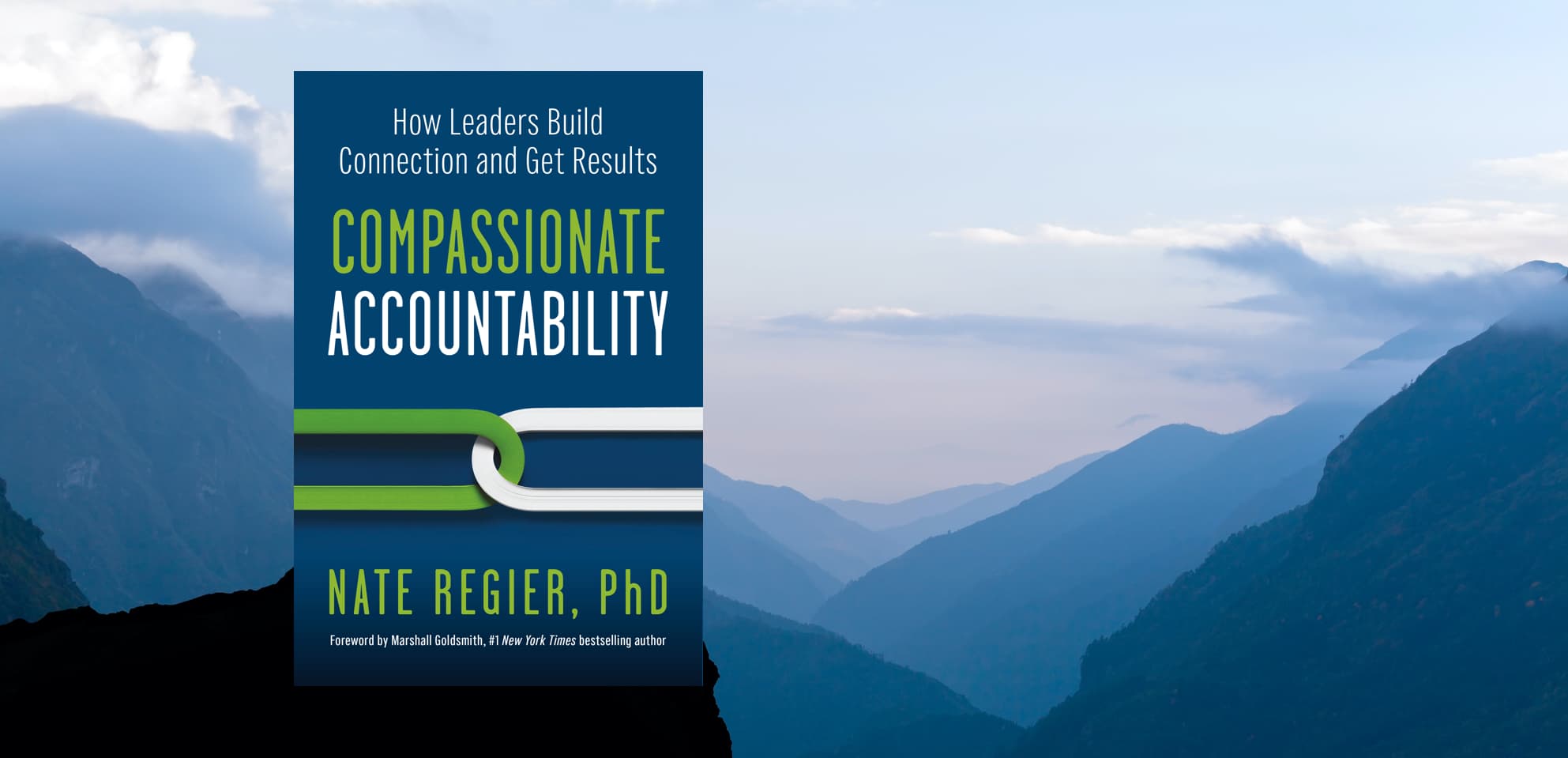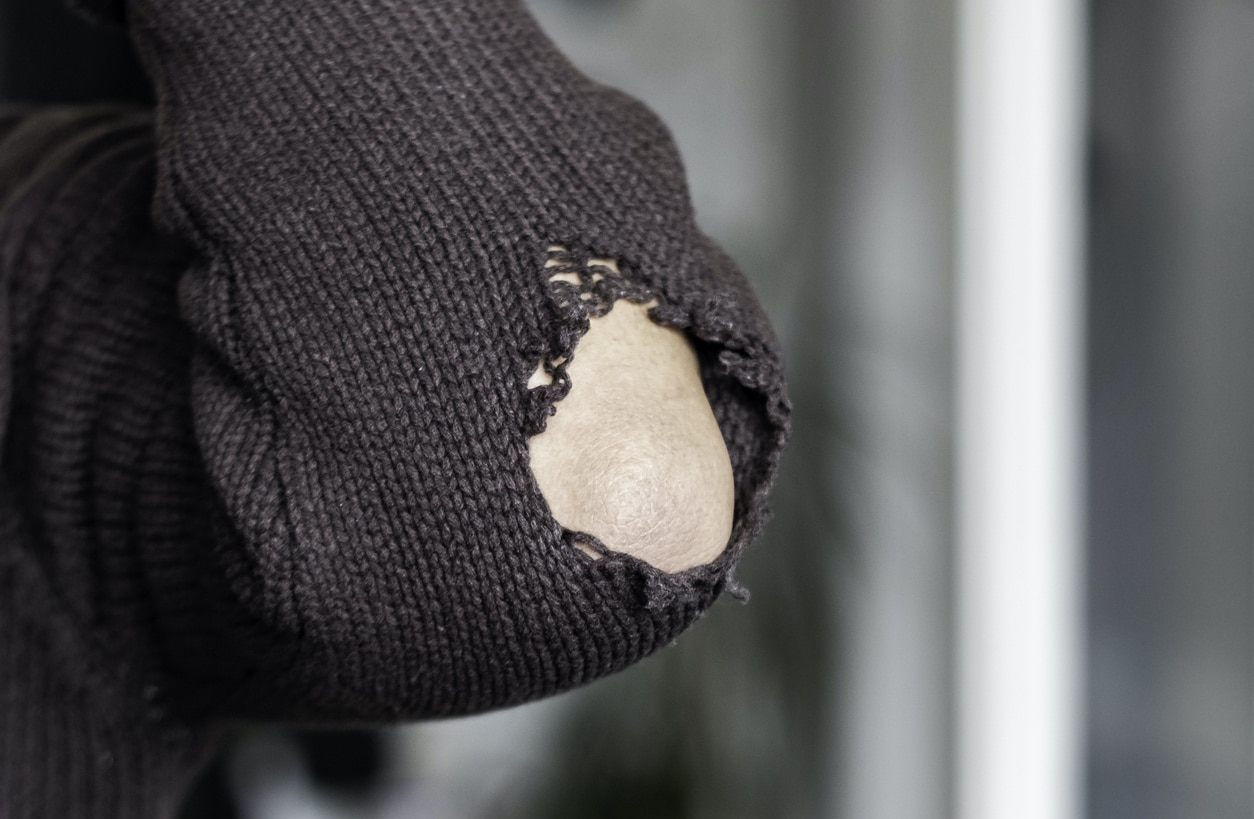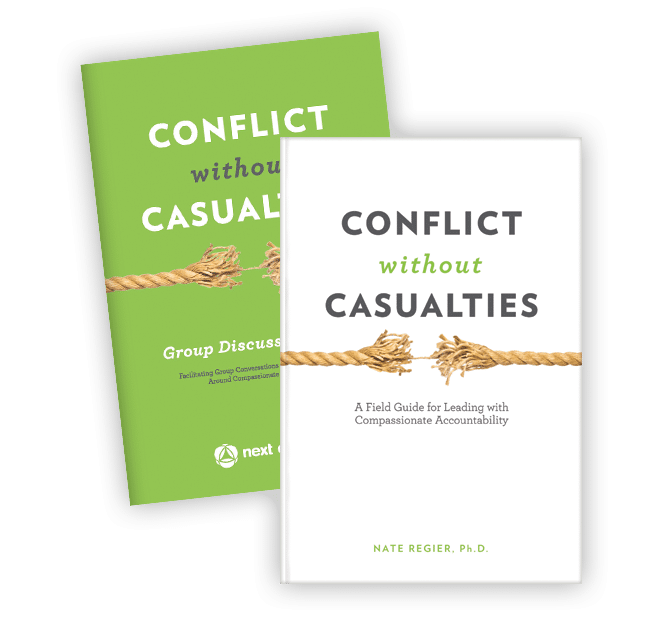The Map Is Not The Terrain
Share viaHave you ever gotten lost while following your SatNav GPS?
I bet you were so intent on the turn by turn navigation and watching the map that you missed valuable street signs, landmarks, and other signals that would have let you know you were off course.
Here are some models that sent a lot of people and resources down the wrong path. Did you know;
- The DARE program was ineffective in reducing youth drug use but people still used it.
- The MBTI is invalid but is the most widely used personality model in the world.
- Stranger Danger teaches children to avoid strangers, yet most children are abused by people they know.
When people rely entirely on their models and systems to negotiate their world, they fail to recognize when it’s not working and don’t develop the skill to read the signs in the real world around them. Here are three tips for keeping your models where they belong.
The map is not the terrain
Maps attempt to represent the terrain as accurately as possible. But they are still just models of reality, not the real thing.
At Next Element we teach several powerful models to help people communicate and engage conflict productively. These models are great representations of how people think, feel and act, and why they do what they do – that’s why we use them.
Models should not become belief systems
Do we love our models? Yes! And as great as these models are, they are only maps of the terrain, not the terrain itself. They are just tools. We work every day to master the use of these tools, not to be subject to them.
The purpose of a good model is to change your mind about someone, not to make it up.
Great models help us better interpret and de-code the nuance of the real world around us. They help us gain self-awareness, respond more productively, and tune in to what others are experiencing.
Knowing the map and understanding the model only gets you part way towards mastering the art of communication and healthy conflict. The rest of the journey requires several giant leaps of faith.
- Stop working so hard to understand the model. Get out of your head and start responding to the behaviors around you.
- Practice, practice, practice. You won’t get good at a skill until you put in the reps.
- Fail forward, fail often. Use the model to discover what didn’t work, and then try something different.
- Don’t defend the model. And don’t use it to justify your behavior. It’s not real! Instead, use the model to adapt your behavior to be more effective.
Next time you are lost, don’t blame your GPS. Take the risk to get out of your car, look up, look around, and interact with the real world around you.
Copyright 2017, Next Element Consulting
Join our community to receive weekly articles and tips.
Conflict Without Casualties: A Field Guide for Leading With Compassionate Accountability. This book is the foundation for our Leading Out of Drama program, a comprehensive guide for balancing compassion and accountability to build relationships and cultures that are safe, curious, and consistent.
Book Your Next Keynote Speaker

Author and Co-founder of Next Element, Dr. Nate Regier is available to speak at your upcoming event.
Submit a Speaker RequestPodcast: Listen to Nate "On Compassion"
 Listen to the Podcast
Listen to the Podcast




1 Comments
This is so true. I have found my PCM training and “Beyond Drama” to be essential in dealing with some recent high stress, intense negotiations. Did it give me answers? No. DId it help me navigate the treacherous waters of human interaction with all under stress? Well, on a scale of 1 to 10, maybe, like a thousand or so.
Why is this? Because it gave me a way to “step back,” to become more objective and see other people in a less charged way. Thus, I was able to see options, and try avenues, that kept the process going and de-stressed (as much as could be) the interactions.
Don’t get me wrong — it’s still tense, still difficult. But is isn’t explosive, and that keeps us all moving forward.
Add comment
Add comment